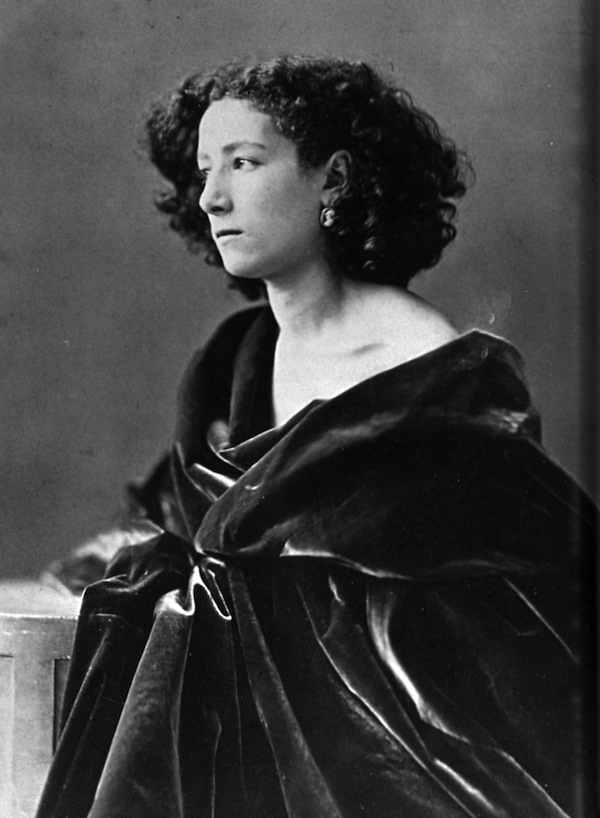After being given Nadar as my photographer to do my presentation on for PEP130, I decided that I would start doing my research on him early after being given our portraiture brief. As Nadar is a historical figure in the world of portrait photography and is well know for his portraiture work that he created in his own home of his friends and celebrities.
Nadar was a pseudonym used by French photographer Gaspard-Felix Tuornachon as a way of branding himself. After moving on from being a caricature artist to a portrait photographer, Nadar opened a studio in Rue Saint Lazare in 1884 and became famous for photographing well known personalities such as politicians, stage actors, writers, painters and musicians.
Nadar saw photography as being intimate, spontaneous and a collaborative performance created between the photographer and their subject. This suggests that portraiture has an element of theatrics attached to it, which makes sense as a subject is performing for the camera to a certain extent as directed by the photographer. This is really interesting to me because it has made me think about the degree of dramatic performance one could get from a subject in a photograph. Whereas I would prefer to get something more representative of the subject, even if that would create a more subtle impact rather than having them be a character for the camera to a certain extent.
Subjects in Nadar's photographs are never smiling which is due to the long exposure times needed to create photographs with the technology back then. It would often take around 8 minutes which would be too long for anyone to hold a smile which is why they didn't, and they would also have a brace around their backs to keep them still. The serious expressions on the faces of Nadar's subjects I think are really powerful in revealing what a person is like. As this is not how they are in a single moment as it was captured over quite a long period of time, meaning we get a real sense of their character.

Above is one of my favourite photographs of Nadar's which is of French early stage and film actress Sarah Bernhardt. Nadar's characteristic use of low key lighting creates a rich range of values in the image which gives it real depth. One feature that I find quite potent in a lot of Nadar's photographs are how his subjects are often looking to one side of the frame. Which creates a real sense of movement in the image as it draws the viewer's eyes across the photograph in the direction the subject is looking in.
The light background Nadar uses which appears grey in his black and white photographs paired with the low key lighting, creates real texture and depth in his photographs. Which I think adds to the emotion we feel in response to viewing the subject's expression as we look at someone lost in these minutes of stillness. In the photograph above for example the background feels as though to contain the subject rather than serve to isolate them for the image. Despite being an artificial setting it allows us to observe a sense of this person within an environment rather than drawing us straight into observing their physical appearance.
Looking at Nadar's photographs in the context of this brief has given me a lot of formal techniques to try out in terms of lighting and positioning my subjects within a frame and against a background. I have often taken portraits where I have had my subject looking straight down the camera. as I became fond of having the subject look at the viewer rather than the viewer being solely the one observing the subject. However I now really want to experiment more with how I position my subject within the frame and where I have them looking. I also want to experiment with lighter backgrounds and low key lighting while doing my studio experiments next week. As our lecturers have booked out the studios for our group to practise using lighting in.






No comments:
Post a Comment